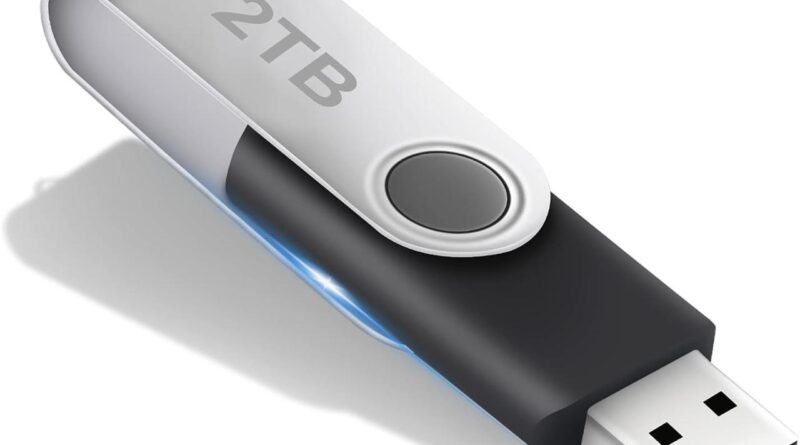Flash Drives For PCs: A Comprehensive Guide
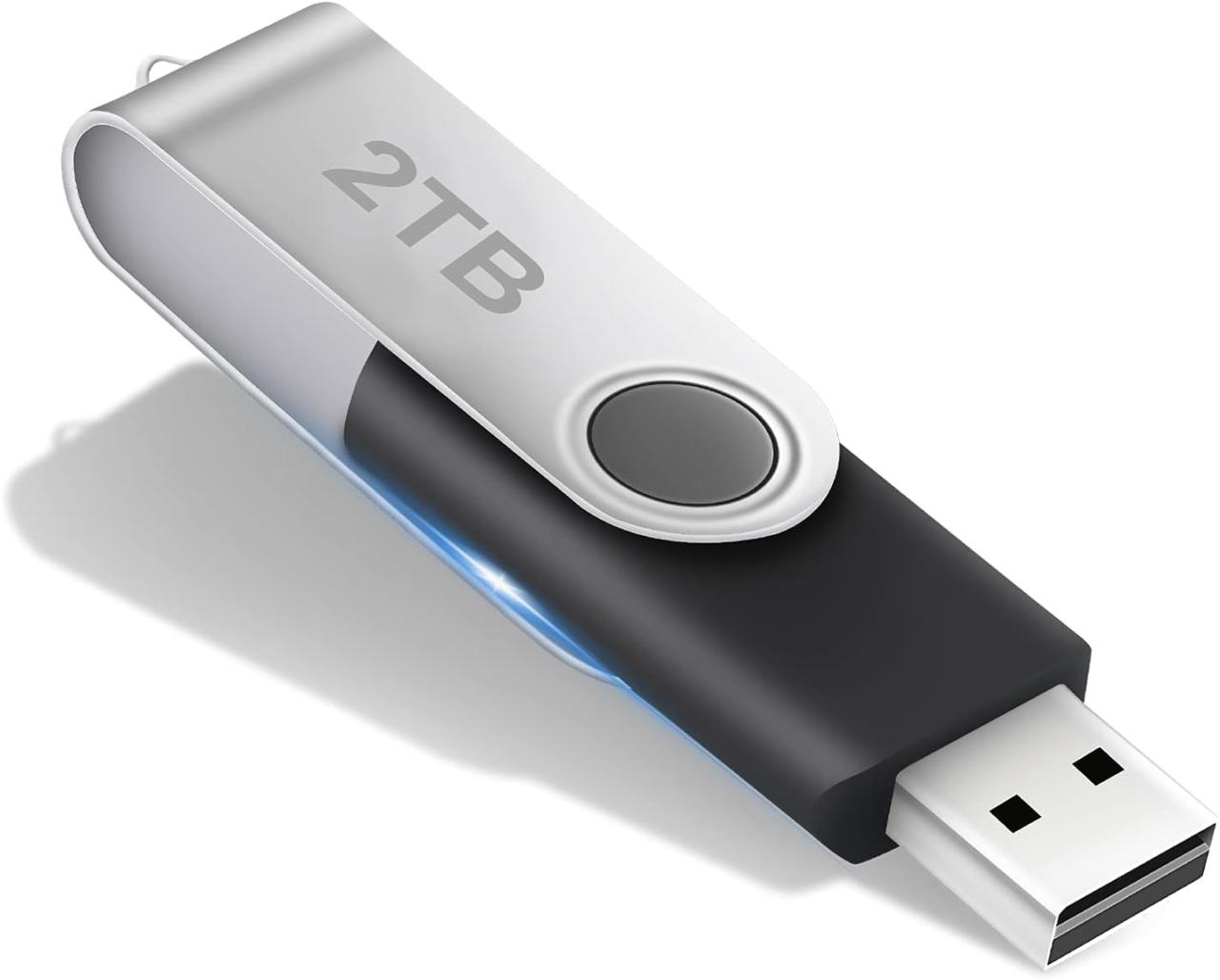
Flash Drives for PCs: A Comprehensive Guide
Flash drives, also known as USB drives or thumb drives, have become an indispensable tool for storing and transferring data between computers and other devices. They offer a convenient and portable way to carry large amounts of data in a compact form factor. This article provides a comprehensive guide to flash drives for PCs, covering their types, features, performance considerations, and best practices for use.
Types of Flash Drives
Flash drives come in various types, each with its own advantages and disadvantages:
USB 2.0: These are the most common type of flash drives and offer basic data transfer speeds. They are suitable for storing and transferring small to medium-sized files.
USB 3.0: USB 3.0 flash drives offer significantly faster data transfer speeds compared to USB 2.0. They are ideal for transferring large files or working with high-resolution media.
USB 3.1 (Gen 1): USB 3.1 Gen 1 flash drives provide even faster data transfer speeds than USB 3.0. They are designed for demanding applications such as video editing and large file transfers.
USB 3.1 (Gen 2): USB 3.1 Gen 2 flash drives offer the highest data transfer speeds currently available. They are suitable for professional photographers, videographers, and other users who require lightning-fast data transfer rates.
USB-C: USB-C flash drives feature a reversible connector that is becoming increasingly common on laptops and other devices. They offer similar data transfer speeds to USB 3.1 Gen 2.
Features of Flash Drives
In addition to their data transfer speeds, flash drives offer a range of features that enhance their functionality:
Capacity: Flash drives come in a wide range of capacities, from a few gigabytes to several terabytes. Choose a capacity that meets your storage needs.
Durability: Some flash drives are designed to withstand harsh conditions, such as water, dust, and shock. These drives are ideal for outdoor use or for storing sensitive data.
Encryption: Encrypted flash drives protect your data from unauthorized access. They are recommended for storing confidential information or sensitive files.
Portability: Flash drives are extremely portable, making them easy to carry in your pocket or backpack. They are ideal for students, professionals, and anyone who needs to access their data on the go.
Performance Considerations
When choosing a flash drive, consider the following performance factors:
Read/Write Speeds: The read/write speeds of a flash drive determine how quickly you can access and transfer data. Higher speeds are desirable for demanding applications.
File Size: The size of the files you plan to store and transfer will impact the performance of the flash drive. Larger files require faster speeds to avoid bottlenecks.
Number of Files: The number of files stored on the flash drive can also affect performance. A large number of small files can slow down access times.
Best Practices for Use
To ensure optimal performance and longevity of your flash drive, follow these best practices:
Proper Ejection: Always safely eject the flash drive from your computer before removing it. This prevents data corruption and extends the life of the drive.
Avoid Overloading: Do not overload the flash drive with too many files or large files. This can slow down performance and reduce the lifespan of the drive.
Keep it Clean: Keep the flash drive clean and free of dust and debris. Dirt and grime can damage the connectors and affect performance.
Store it Properly: When not in use, store the flash drive in a cool, dry place. Avoid exposing it to extreme temperatures or direct sunlight.
Conclusion
Flash drives are an essential tool for storing and transferring data between PCs and other devices. By understanding the different types, features, and performance considerations, you can choose the right flash drive for your specific needs. By following best practices for use, you can ensure the optimal performance and longevity of your flash drive.
5 Best Flash Drives for PCs
Flash drives are an essential tool for storing and transferring data. They are small, portable, and can hold large amounts of data. If you are looking for a flash drive for your PC, here are five of the best options:
1. SanDisk Ultra Fit USB 3.1 Flash Drive
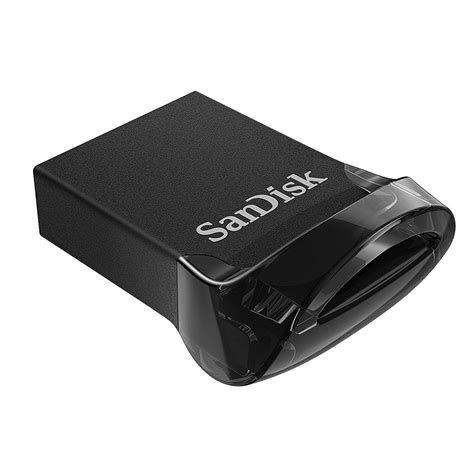
The SanDisk Ultra Fit USB 3.1 Flash Drive is a great option for those who need a small and portable flash drive. It is only 2.25 inches long and weighs just 0.25 ounces. Despite its small size, it has a read speed of up to 130MB/s and a write speed of up to 60MB/s.
2. Samsung BAR Plus USB 3.1 Flash Drive
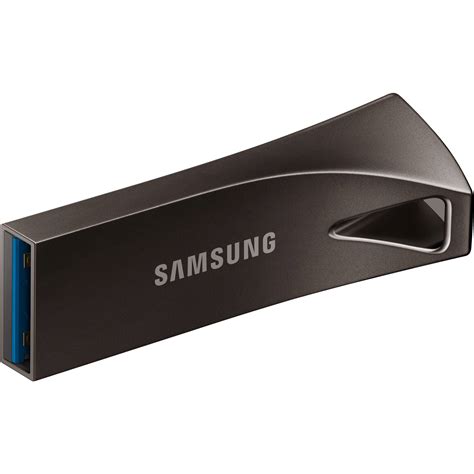
The Samsung BAR Plus USB 3.1 Flash Drive is another great option for those who need a small and portable flash drive. It is only 2.28 inches long and weighs just 0.28 ounces. It has a read speed of up to 200MB/s and a write speed of up to 90MB/s.
3. PNY Elite USB 3.0 Flash Drive
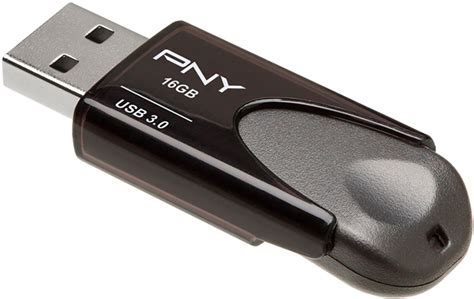
The PNY Elite USB 3.0 Flash Drive is a good option for those who need a larger capacity flash drive. It is available in capacities of up to 256GB. It has a read speed of up to 100MB/s and a write speed of up to 90MB/s.
4. Kingston DataTraveler G4 USB 3.0 Flash Drive
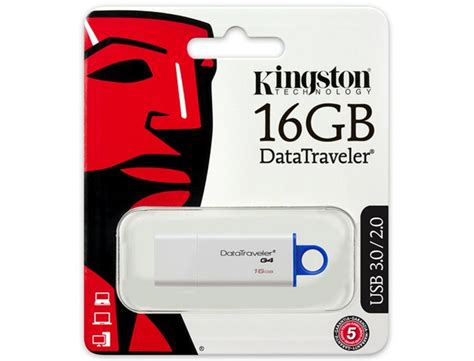
The Kingston DataTraveler G4 USB 3.0 Flash Drive is a good option for those who need a durable flash drive. It is made of metal and has a rubberized coating. It is also waterproof and dustproof. It has a read speed of up to 100MB/s and a write speed of up to 80MB/s.
5. Lexar JumpDrive S75 USB 3.1 Flash Drive
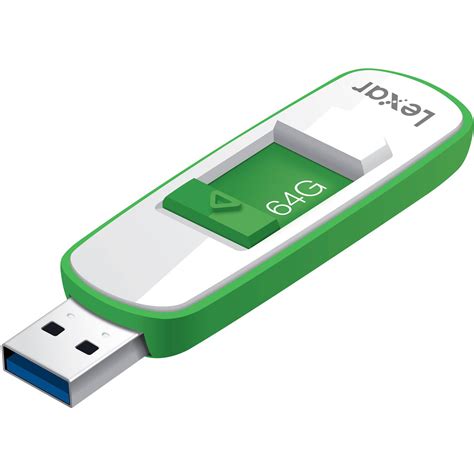
The Lexar JumpDrive S75 USB 3.1 Flash Drive is a good option for those who need a fast flash drive. It has a read speed of up to 300MB/s and a write speed of up to 200MB/s. It is also available in capacities of up to 256GB.
